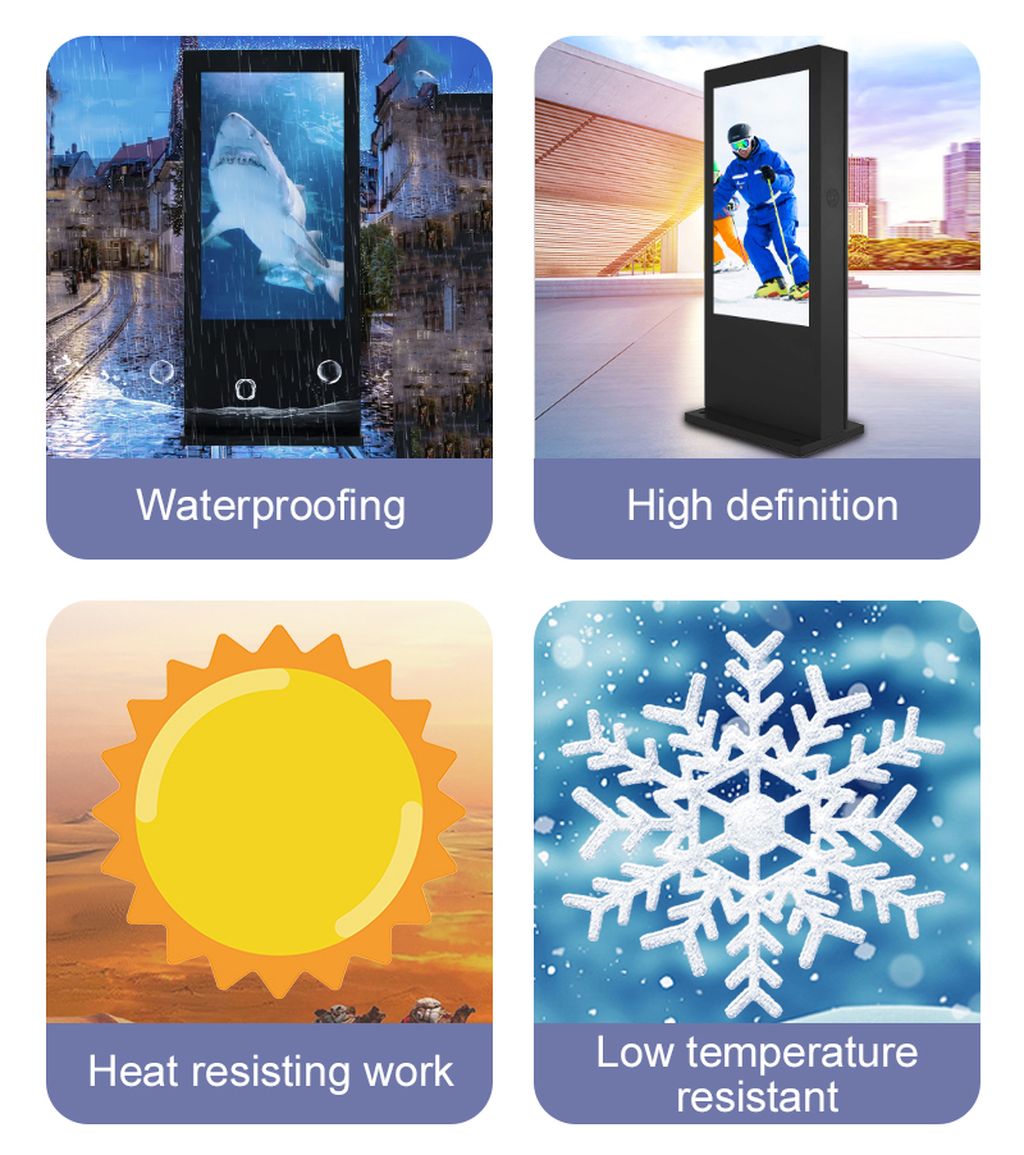Outdoor digital signage at scenic spots
Outdoor Digital Signages at scenic spots is becoming increasingly popular as a way to improve visitor experiences, provide real-time information, and enhance tourism management. Here are some key aspects you might find useful:
1. Enhancing Visitor Experience
Interactive Information Displays: Outdoor Digital Signages can provide maps, hiking routes, historical details, and attraction highlights in multiple languages.
Guided Tours: Visitors can access self-guided tour content, AR/VR storytelling, or even QR codes leading to immersive cultural experiences.
Event & Activity Updates: Real-time information on local performances, festivals, or guided tours can be displayed to attract participation.
2. Smart Navigation & Safety
Wayfinding: Outdoor Digital Signage can act as interactive maps, helping visitors locate trails, restrooms, viewpoints, or shuttle services.
Emergency Alerts: In case of sudden weather changes, accidents, or wildlife warnings, signage can immediately display safety instructions.
Traffic Management: At busy scenic spots, screens can provide parking availability, visitor flow updates, and suggested routes to avoid congestion.
3. Sustainable Tourism Promotion
Eco-Friendly Messaging: Outdoor Digital Signage can remind visitors to follow eco-rules, like waste sorting, wildlife protection, or “leave no trace” practices.
Digital Ticketing & QR Codes: Reduces paper usage while streamlining entry and booking processes.
Energy-Efficient Design: Many Outdoor Digital Signages now use solar power and weatherproof technology.
4. Commercial & Cultural Value
Local Business Promotion: Outdoor Digital Signages can feature nearby hotels, restaurants, and shops, encouraging visitors to support the local economy.
Cultural Showcases: Videos and digital exhibits can highlight local traditions, crafts, and heritage, enriching the cultural experience.
Targeted Advertising: Content can be scheduled based on time of day and visitor demographics.
5. Technology & Design Considerations
Durability: Outdoor Digital Signage must be waterproof, dustproof, and able to operate in extreme temperatures.
High Visibility: Sunlight-readable, high-brightness screens ensure clear display during daytime.
Interactive Features: Touchscreens, gesture recognition, and even voice assistance enhance accessibility.
Networked Management: Cloud-based systems allow centralized content updates across multiple scenic spots.
In short: Outdoor Digital Signage at scenic spots bridges technology with tourism, making visits safer, more engaging, and environmentally friendly, while also offering new channels for cultural storytelling and local economic growth.


